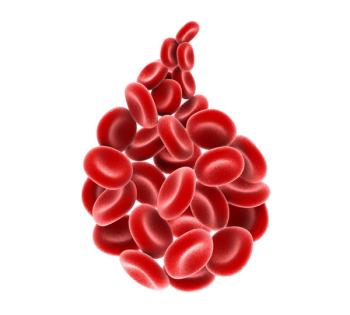
Ursula A. Matulonis, MD, Highlights the Potential of Mirvetuximab Soravtansine in FRα-High Ovarian Cancer
In a discussion with CancerNetwork®, Ursula A. Matulonis, MD, describes the potential of mirvetuximab soravtansine (IMGN853) as a treatment for patients with folate receptor α (FRα)–high platinum-resistant ovarian cancer.
In an interview with CancerNetwork® during
In particular, she mentioned that mirvetuximab soravtansine, which is being assessed in the
Transcript:
This is a really first-in-class antibody-drug conjugate against FRα, and it would be one of the newest drugs since [the] bevacizumab [Avastin] approval [in 2014]. Our patients with platinum-resistant ovarian cancer do not have many options. The use of single-agent chemotherapy [produces] very low response rates of about 10% to 12%, so we need new agents. This definitely represents a new agent with significant anticancer activity, and also a very manageable toxicity profile.
Reference
Matulonis UA, Lorusso D, Oaknin A, et al. Efficacy and safety of mirvetuximab soravtansine in patients with platinum-resistant ovarian cancer with high folate receptor alpha expression results from the SORAYA study. Presented at: 2022 SGO Annual Meeting on Womens’ Cancers; March 18-21, 2022; Phoenix, AZ. Abstract 242.
Newsletter
Stay up to date on recent advances in the multidisciplinary approach to cancer.


















































































